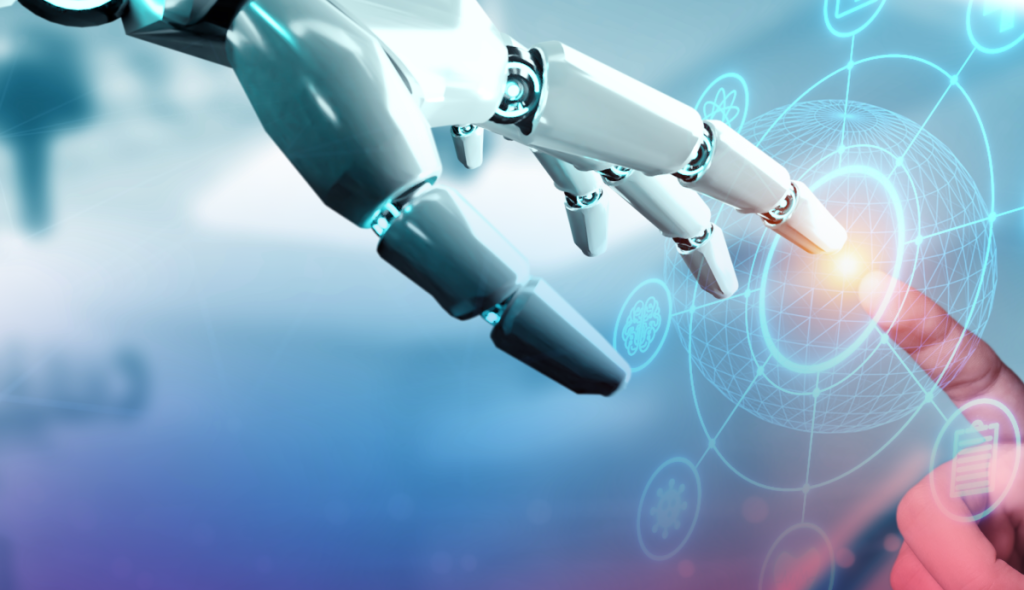Generative AI — a type of artificial intelligence technology that can produce various types of content, including imagery, text, audio, and synthetic data — has brought disruption in the workplace to a whole new level. Its use in conceptual and creative work, in addition to repetitive tasks, now affects workers across multiple sectors.
According to new research by The Stepstone Group (Decoding Global Talent 2024: How Work Preferences Are Shifting in the Age of GenAI), the top industries where generative AI will have the most impact are technology and IT (64%), media (55%), science and research (49%), green industry and sustainability (45%), and education and training (45%).
Research and advisory company Gartner showed similar trends, reporting that the strongest demand for talent with AI skills hasn’t come from the IT department but from other business units, such as customer service, sales, marketing, research and development, and finance.
According to The Hackett Group, adopting generative AI can increase productivity and reduce SG&A (selling, general, and administrative) costs by 40% within five to seven years in HR, finance, procurement, and marketing.
To work well alongside AI, humans need diverse skills — from technical proficiency to human understanding and adaptability in their thinking. Yet, the AI skills gap continues to grow as the demand for professionals familiar with generative AI surges.
In today’s blog, we take a closer look at why training in generative AI is key for both individuals and businesses to stay competitive.
How Generative AI Is Being Used in the Workplace
We already know that AI can automate many of the repetitive and administrative tasks that employees usually spend hours on, freeing them up to focus on more innovative, strategic and analytical work that will give their organisation a competitive edge.
Now, generative AI can be harnessed to help employees with this creative and analytical work, and that’s where L&D managers need to focus next when planning to upskill their organisation’s employees.
During a recent masterclass on leveraging generative AI for decision-making, MasterStart industry expert Devaan Parbhoo shared ways employees can elevate their work by using AI. He focused on marketing, social media, and strategic advising use cases to illustrate how generative AI can help, such as hacking business growth, increasing engagement on social media platforms, or collecting first-party data for a marketing campaign.
There are numerous other use cases, too. For example:
- In the HR and recruitment industry, recruiters can use AI to map employee skills and provide predictive analytics for talent management and enhanced decision-making. This data allows them to streamline performance evaluations, better match employees to job openings, identify factors to improve employee retention strategies, and anticipate workforce needs.
- In finance, AI can scan thousands of insurance claims for possible fraud, share price recommendations with investment company customers, optimise client portfolios, and create detailed simulations of financial scenarios, providing deeper insights into credit risks.
- In marketing, generative AI tools can create original content like product descriptions, creative ads, graphics, visuals, keyword-optimised and personalised social media posts, and generate video content from text and images.
- In education, through adaptive learning, generative AI can create, design, and deliver engaging and interactive learning experiences, as well as personalise learning pathways with tailored questions, content recommendations, and practice problems. It has created the potential for anyone to receive a world-class education.
- In business, generative AI can enhance decision-making by speeding up analysis, uncovering blind spots created by human prejudices and limited perspectives, suggesting additional options we may not have considered, and modelling multiple alternate scenarios. It can also lock in decisions — for instance, by transcribing recordings of meetings, generating a summary of the main points discussed, identifying action items, and clarifying the decisions made.
- In research and development, new ideas, concepts, and prototypes can be rapidly generated across various fields, from product design to pharmaceuticals. It can simulate different scenarios to produce novel solutions, as well as generate simulations to test theories, processes, and products in a virtual environment before moving on to physical prototypes.
However, it’s important to keep in mind that generative AI is known to hallucinate (get things wrong) between 15% and 20% of the time, and it can also sometimes generate biased or inappropriate content. This means people must be extra vigilant and bolster their use of generative AI with their best human instincts and talents.
The Benefits of Training Employees in the Use of Generative AI
As AI becomes more integrated into various fields, professionals with AI skills will future-proof their careers by staying ahead of the curve, making them more attractive to employers looking for leaders, innovative problem-solvers and decision-makers.
AI technology is evolving at lightning speed, and those with a basic knowledge of how to use it in their profession can adapt to and integrate new tools and techniques into their workflow much faster.
Businesses can expect reduced operational costs, higher productivity and innovation, and improved leads and customer acquisition. According to a new survey by KPMG LLP, executives say that generative AI is already having a significant impact on how they chart the course for their organisations, and the vast majority say that investments will increase, with positive ROI expected in the next three years.
Making Generative AI Work for You
As we move into the future of technology, L&D managers must remain focused on the value of their work: bringing opportunity to talent and using technology to strengthen their workforces. To secure a competitive edge, identify the skills most relevant to an AI-driven market and perform a detailed skills gap analysis to pinpoint areas where AI can augment existing capabilities.
At MasterStart, we believe that, as AI continues to evolve, so must our skill sets. In our newly launched AI-Enhanced Decision-Making course, learners learn how to use generative AI tools to simulate decision-making situations, analyse data, and develop actionable insights from live scenarios.
These skills allow managers to create innovative business solutions, increase productivity, and promote a collaborative culture between humans and AI to achieve your organisation’s objectives.


